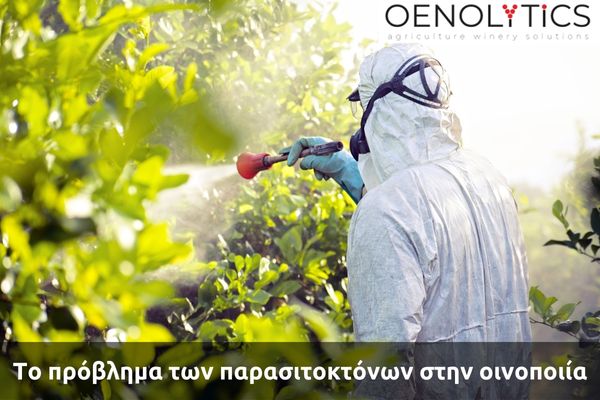
Most people think that wine just contains grapes. A big mistake, or at least not quite right. A bottle of wine can contain everything from so-called sulphites (natural or additives, they act as antimicrobials and antioxidants) to stronger chemicals, and if the former are not a problem (even certified organic wines may contain up to 70 such substances), the latter are not.
Pesticides are one of the major problems facing winemaking. Research by the Pesticides Action Network (PAN) in 2008 found an average of four different pesticides in each bottle of wine of European origin examined, with 16 of them containing endocrine disruptors, carcinogens or mutagens.
Grapes are the most pesticide-contaminated fruit sold in both the US and the European Union. According to a study by the Alliance of Organic Wineries, in 2010 more than 11 million tons of pesticides were used in California on wine grape crops, surpassing those of tomatoes, almonds, strawberries and table grapes.
In the European Union, 57% of cultivated grapes contain at least one type of pesticide, while the content of 5% exceeds the permitted limits. In tests carried out on 176 samples of grape varieties by the Chemical and Veterinary Inspection Service of Stuttgart (CVUA), 95% contained pesticide residues.
The application of these substances takes place in various phases of the ripening of the grapes and although a significant percentage of them dissolve before harvesting, it seems that this is not enough. In recent decades, there has been an effort to limit the use of pesticides as wine producers have become aware of their negative impact on soil quality, soil productivity and biodiversity. Many are those who limit their use year after year, while some wineries, having fully harmonized with the relevant legislation, have stopped their application completely.
The solution to the problem of pesticide use comes from Oenolytics. Approaching the viticulture sector holistically and with absolute precision, it offers double mapping (near and hyperspectral imaging via UAV unmanned aerial vehicles), having been developed with the needs of small vineyards in the European Union in mind.



